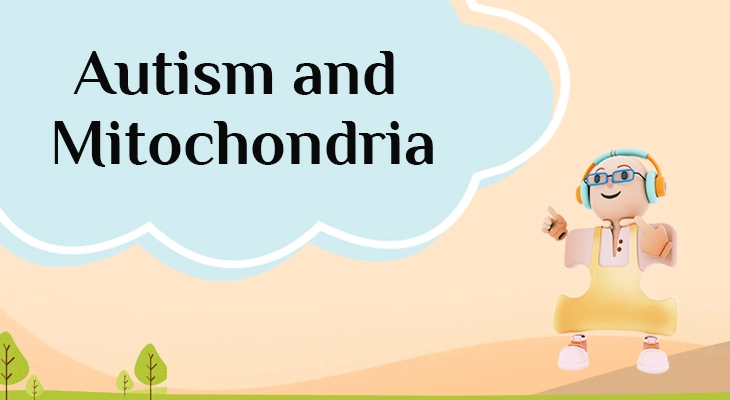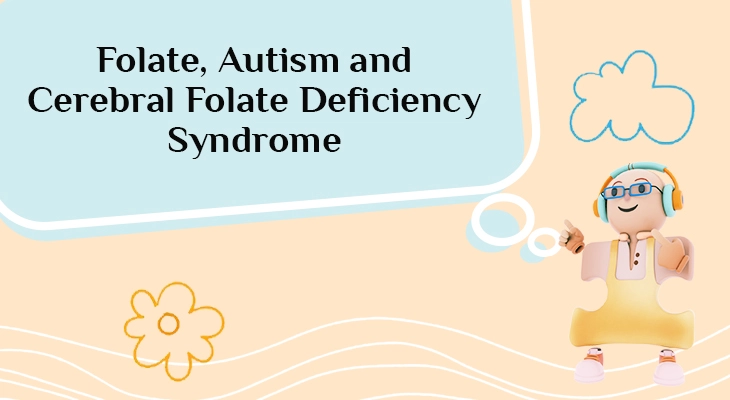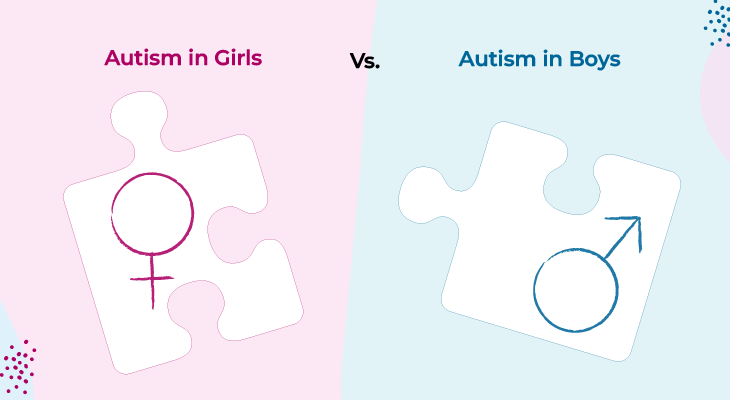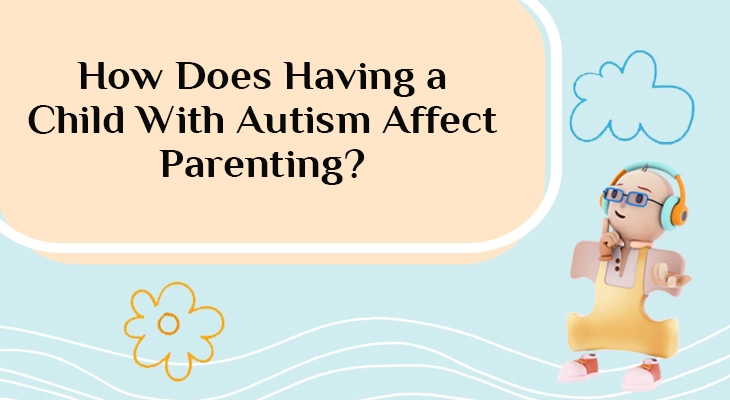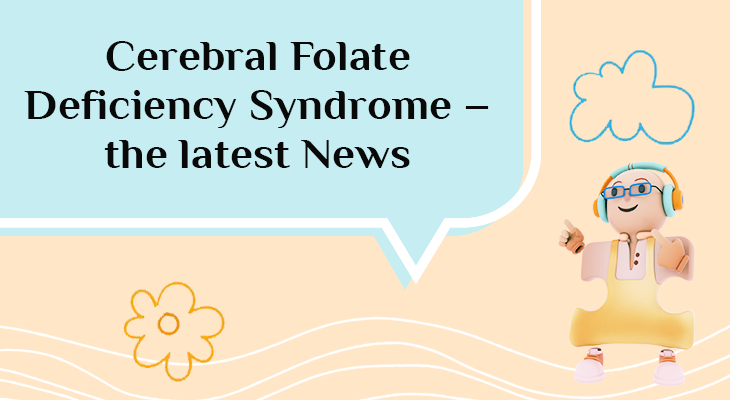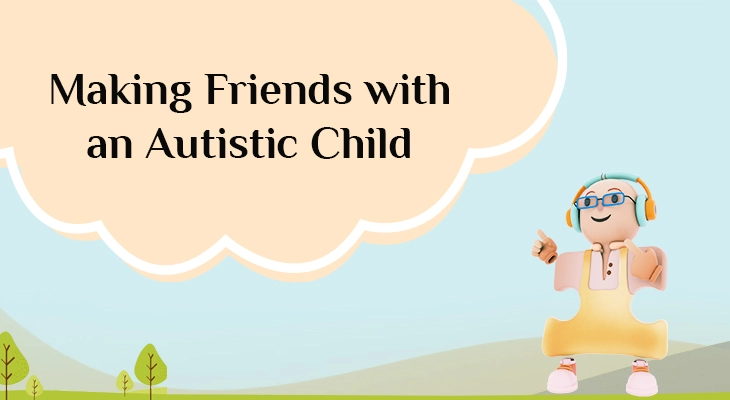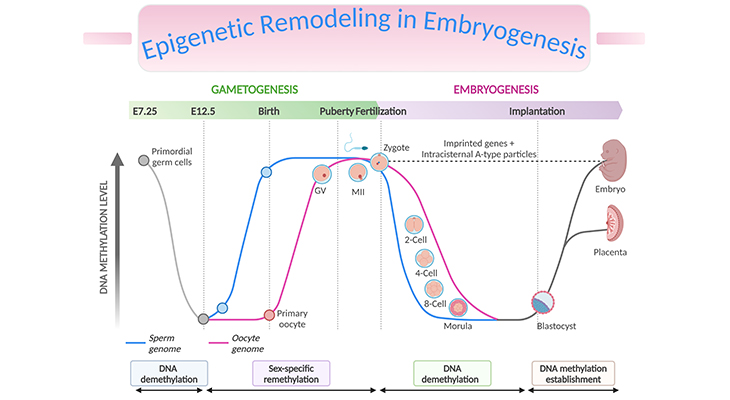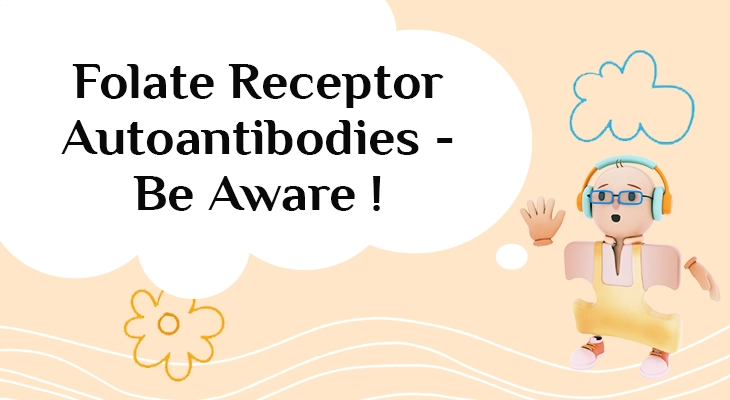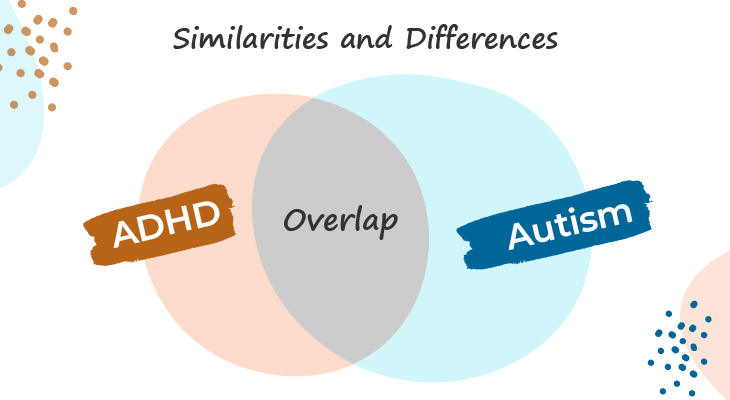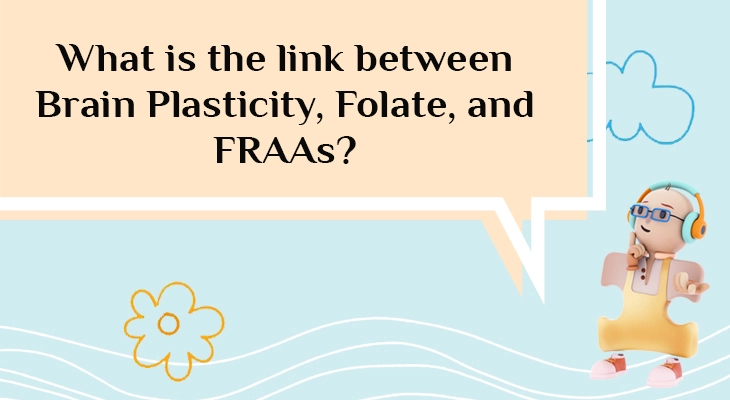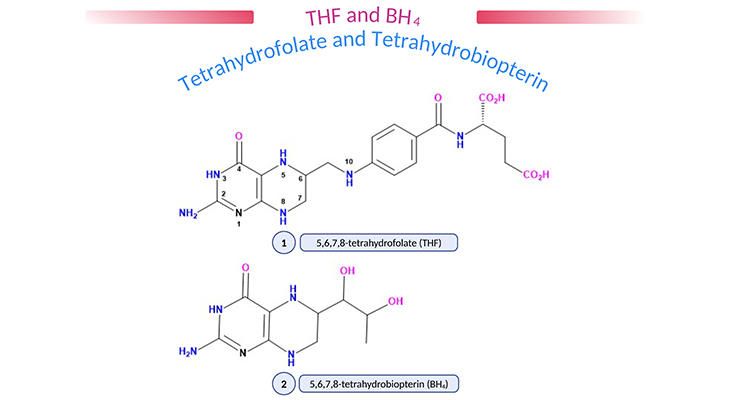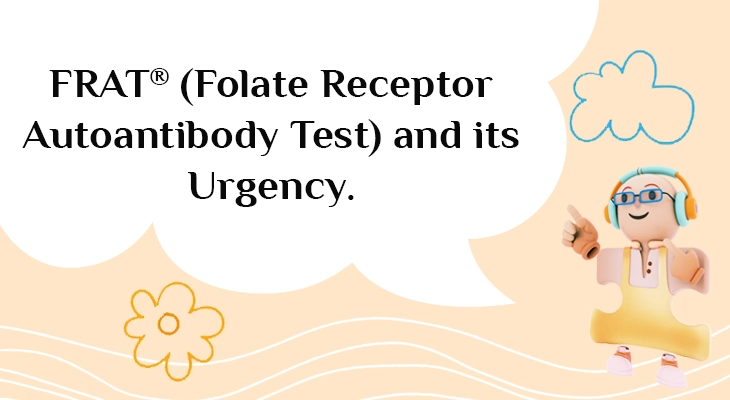Browse Articles by Topic
Understand how Leucovorin and 5-MTHF differ in treating Folate Receptor Autoantibodies and why Leucovorin may work better in Cerebral Folate Deficiency.
Explore the link between mitochondria and autism spectrum disorder (ASD), including their role in energy metabolism, oxidative stress, genetics, and cognitive development.
Discover how the neonatal gut microbiome develops from day 0 to 30, shaping immune health and long-term wellness through environmental factors and maternal influences.
Cerebral Folate Deficiency Syndrome (CFDS), linked to autism, affects brain development due to low CSF folate levels. Learn more about symptoms, causes, and treatment options.
Learn why girls with autism are often underdiagnosed and explore the unique challenges they face. This blog explores the gender gap in autism diagnosis and the importance of recognizing diverse presentations.
Parenting a child with autism can be challenging and rewarding. Discover practical tips and guidance on understanding, support systems, therapy, communication, and more.
Explore advanced methods for determining folate vitamers in serum, whole blood, and cerebrospinal fluid. Learn more about folate stability, interconversions, and accurate measurement techniques.
Learn more about Cerebral Folate Deficiency Syndrome (CFDS) its symptoms, causes, diagnosis, and effective treatments to manage this neurological disorder.
Discover why ABA therapy might not work for everyone, exploring known limitations and emerging factors like cerebral folate deficiency affecting autism treatment.
Learn how parents can help their children befriend autistic children, fostering understanding and inclusivity in school-age friendships.
Explore how epigenetics and nutrition impact infant health and development, influencing lifelong well-being through mechanisms like DNA methylation and histone modification.
Discover the impact of Folate Receptor Autoantibodies (FRαa) on health, affecting folate transport to the brain. Learn about diagnosis, treatment, and implications for neurodevelopmental disorders.
Confused about ADHD and Autism? This blog clears up the confusion, explains the differences, and answers the most frequently asked questions on ADHD and Autism.
Discover how early brain plasticity influences cognition and the critical roles of folate and FRAAs in brain development. Learn about the FRAT® test for assessing folate receptor autoantibodies.
Uncover the link between biopterin and folate metabolism in developmental delays. Explore BH4 deficiency, its impact on neurotransmitters, and potential treatments for ASD and other conditions.
Concerned about unexplained health issues in your child? Learn how the FRAT® Test can identify Folate deficiencies and support a personalized treatment plan.


